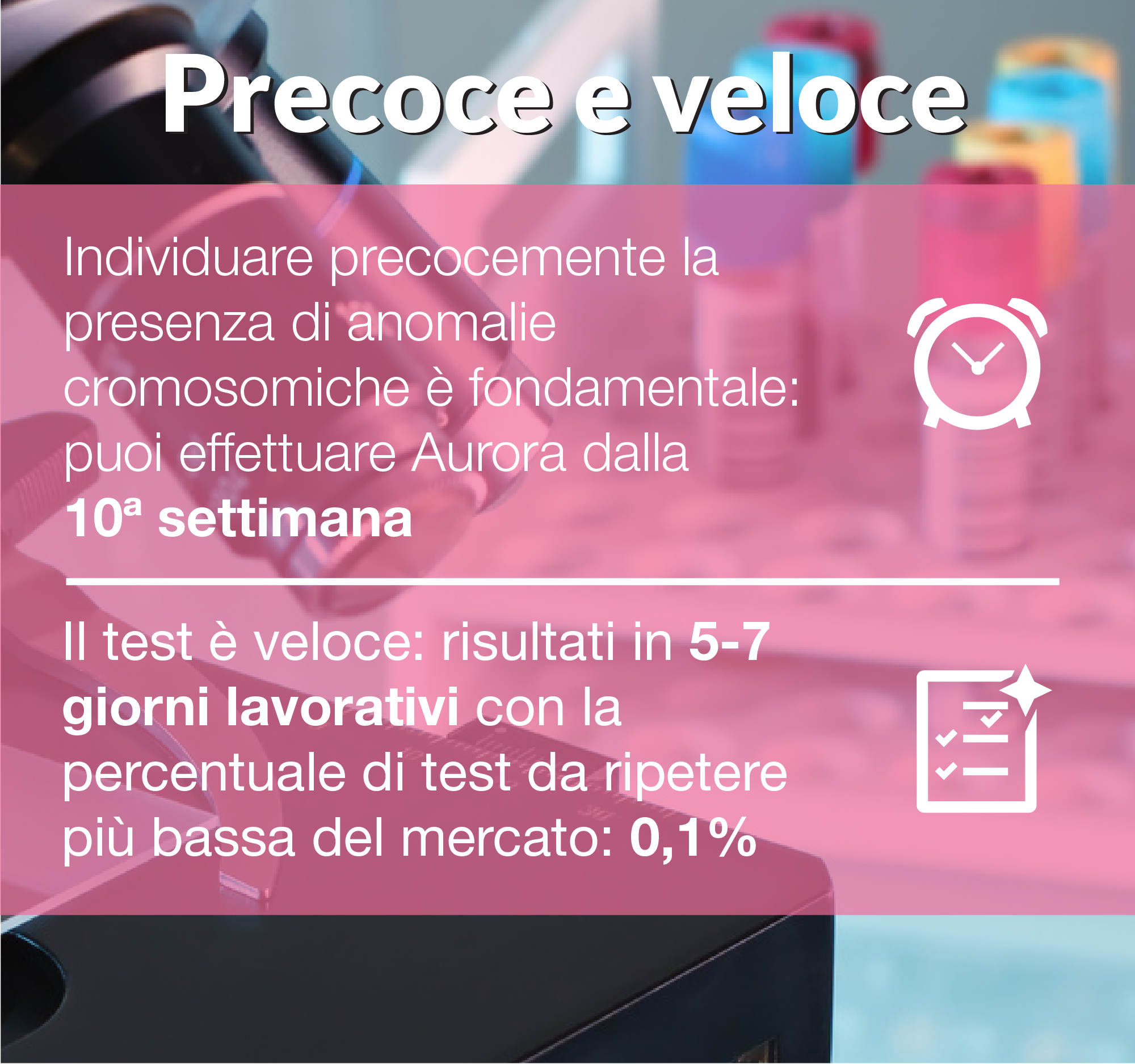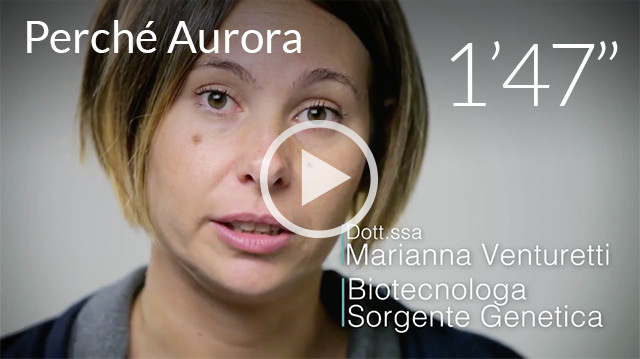Harvard Medical School researchers studied how the genes in the most widespread 560 are counted. According to the study, genetic influence is decisive in 40% of diseases. In 25% of diseases, instead, the shared environmental factors count: living together; eat the same things; attend the same places.
The diseases most influenced by genes are cognitive disorders. About 80% of the cases examined are linked to evident genetic variants. Those for which genes matter less are reproductive system diseases: genetics is only relevant in 16% of cases. Environmental factors are particularly relevant in 70% of respiratory disorders and in 64% of eye diseases.
The authors of the study arrived at these results analyzing the data of 45 million Americans. Within the databases used there were also 724,000 pairs of brothers and 56,000 pairs of twins, relevant to understanding the level of familiarity of certain diseases. The researchers analyzed DNA, prescriptions and medical expenses, results of laboratory tests. In this way they reconstructed the genetic and environmental influences of the various diseases.
The study has allowed us to gather a huge amount of data, but has limitations. Researchers used health insurance databases, which therefore include only non-economically independent family members. In addition, the subjects registered in the database were up to 24 years old, which prevented the analysis of diseases such as Alzheimer's. Socioeconomic factors, on the other hand, are not very relevant for most disorders.
Source: repubblica.it



















